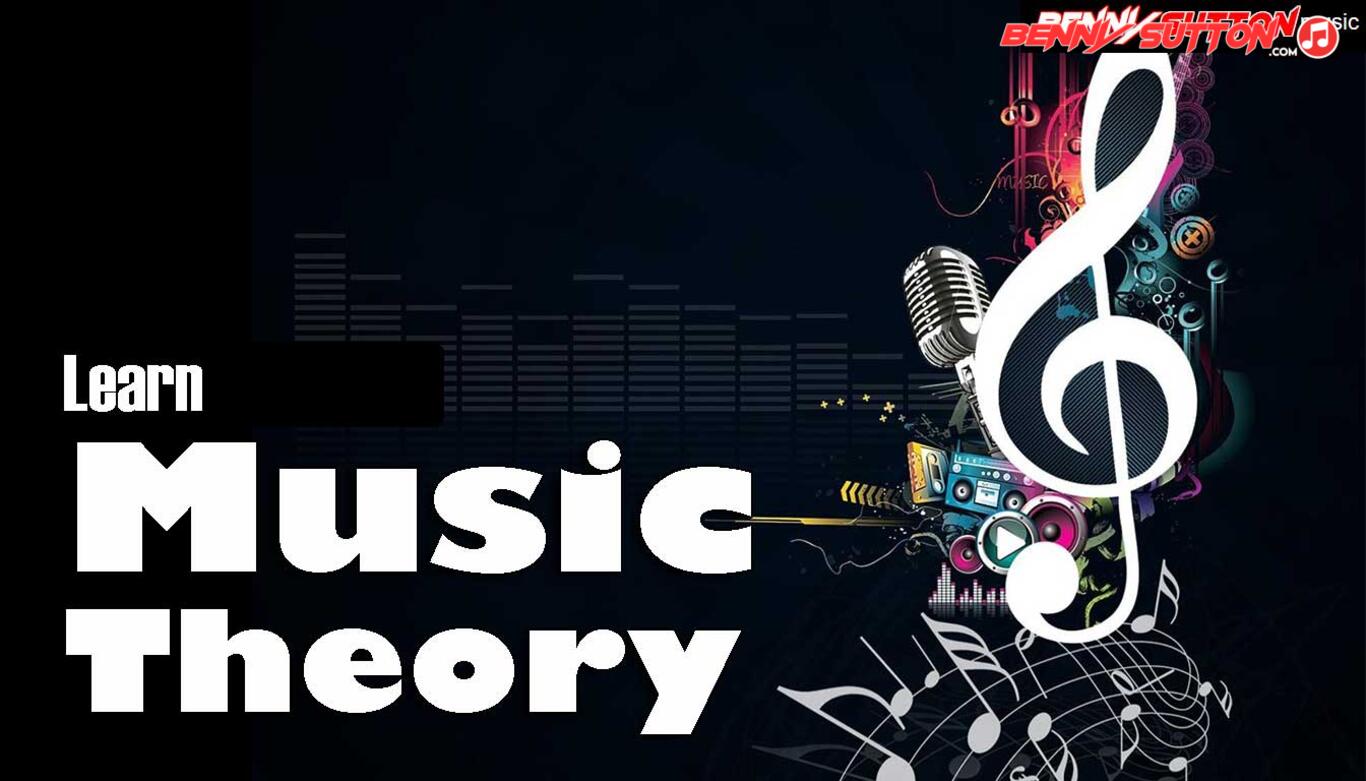Root–minor third–perfect fifth; darker, melancholic consonance.
Minor Triad
The Minor Triad is the most direct expression of melancholy and depth in tonal harmony.
It’s built from the same framework as the major triad, but the third is lowered by one semitone, transforming brightness into introspection.
Where the major chord feels resolved, the minor chord feels emotional, questioning, and open-ended.
Structure
A minor triad is built by stacking a minor third and then a major third above the root.
Formula:
Root – Minor 3rd – Perfect 5th
Semitone steps from root: 0 – 3 – 7
Example (A Minor Triad):
A – C – E
| Interval | Distance | Note | Function |
|---|---|---|---|
| Root | 0 | A | Tonal center |
| Minor 3rd | +3 | C | Defines “minor” color |
| Perfect 5th | +7 | E | Adds harmonic stability |
Interval Structure (Stacked Thirds)
| From | To | Interval | Size | Result |
|---|---|---|---|---|
| Root → 3rd | Minor 3rd | 3 semitones | Darker color | |
| 3rd → 5th | Major 3rd | 4 semitones | Balancing brightness | |
| Root → 5th | Perfect 5th | 7 semitones | Tonal stability |
The inversion of interval order (compared to the major triad) reverses its emotional polarity.
Inversions
| Inversion | Notes (A Minor) | Symbol | Bass Note | Function |
|---|---|---|---|---|
| Root Position | A–C–E | Am | A | Stable minor tonality |
| 1st Inversion | C–E–A | Am/C | C | Smooth inner movement |
| 2nd Inversion | E–A–C | Am/E | E | Passes between chords or cadences |
Roman Numeral Function
| Scale Degree | In Major Key | In Minor Key |
|---|---|---|
| ii | Minor | – |
| iii | Minor | – |
| vi | Minor | – |
| i | – | tonic (home chord) |
| iv | – | Subdominant |
| v | – | dominant (soft without leading tone) |
In minor keys, the tonic, subdominant, and dominant triads are all minor, giving the mode its distinctive somber character.
Emotional Character
- Mood: sad, introspective, warm, expressive.
- Stability: strong but inward — doesn’t demand resolution.
- Contrast: major is radiant and declarative; minor is subtle and human.
- Context: easily adapted for film, pop, blues, classical, and jazz.
The minor third interval is psychologically linked to melancholy; it’s one of the most emotionally charged sounds in all of music.
Real-World Examples
| Song | Artist | Key | Notes |
|---|---|---|---|
| “Hotel California” | Eagles | B Minor | Modal minor with descending bass line |
| “Eleanor Rigby” | The Beatles | E Minor | Pure minor tonality, no major relief |
| “Smells Like Teen Spirit” | Nirvana | F Minor feel | Power chords implying minor triads |
| “Hurt” | Nine Inch Nails / Johnny Cash | A Minor | Deeply emotional minor soundscape |
| “The Sound of Silence” | Simon & Garfunkel | D Minor | Classic minor melancholy |
| “Nothing Else Matters” | Metallica | E Minor | Modern ballad built on minor triads |
Application Tips
- On guitar, open-position Am, Dm, and Em are foundational shapes.
- On piano, minor triads form the core of minor-key progressions and melodic accompaniment.
- In composition, minor triads pair beautifully with borrowed chords from major (modal interchange).
- Major-minor alternation (e.g., I–vi) produces timeless pop and classical progressions.
Summary
| Attribute | Value |
|---|---|
| Formula | 1 – ♭3 – 5 |
| Semitones | 0 – 3 – 7 |
| Tonality | Minor |
| Emotional Color | Sad, introspective, expressive |
| Function | tonic, subdominant, dominant (minor key) |
| Inversions | Root, 1st, 2nd |
| Common Progressions | i–iv–V, I–vi–IV–V |
| Used In | Pop, rock, classical, film, folk, metal |
